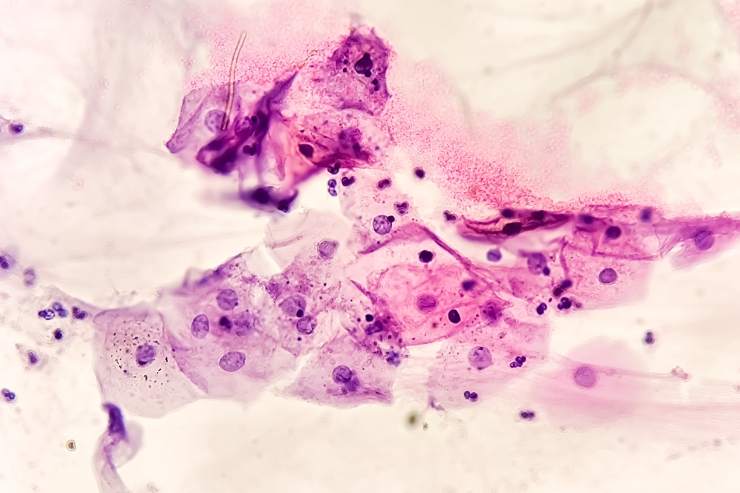
An abnormal Pap smear result indicates that there are changes in the cells of the cervix, which may be caused by inflammation, infection, or precancerous conditions. The Pap smear is a crucial screening test designed to detect early changes in cervical cells before they develop into cervical cancer. While the term “abnormal” can be alarming, it doesn’t necessarily mean cancer; in many cases, the changes are minor and resolve on their own. The most common cause of abnormal results is infection with high-risk types of the human papillomavirus (HPV), which can affect the cervical lining.
The classification of abnormal Pap smears ranges from atypical squamous cells (ASC-US or ASC-H) to low-grade squamous intraepithelial lesions (LSIL) and high-grade squamous intraepithelial lesions (HSIL). Each category represents a different degree of cellular change, with high-grade lesions having a greater risk of progressing to cancer if left untreated. Depending on the severity, further diagnostic procedures like HPV testing, colposcopy (a detailed examination of the cervix), or a cervical biopsy may be recommended to determine the underlying cause and guide appropriate treatment.
Management of abnormal Pap smear results depends on the type and severity of the changes, the patient’s age, medical history, and whether they have persistent HPV infection. In mild cases, a “watchful waiting” approach with repeat Pap smears may be sufficient, especially in younger women. In more advanced or persistent cases, procedures such as cryotherapy, loop electrosurgical excision procedure (LEEP), or conization may be necessary to remove abnormal cells. Regular cervical cancer screening, HPV vaccination, and safe sexual practices are vital components in preventing cervical abnormalities and maintaining optimal reproductive health. Early detection through Pap smears plays a key role in reducing the risk of cervical cancer and ensuring timely medical intervention.
Services
- Pregnancy
- Menstrual Disorders
- Menopause
- Pelvic Inflammatory Disease
- Endometriosis
- Polycystic Ovary Syndrome
- Cervical Cancer
- Ovarian Cancer
- Uterine Fibroids
- Urinary Incontinence
- Preeclampsia
- Infertility
- Ectopic Pregnancy
- Sexually Transmitted Infections
- Pelvic Organ Prolapse
- Gestational Diabetes
- Abnormal Pap Smears
- Vaginal Infections
- Contraception & Family Planning